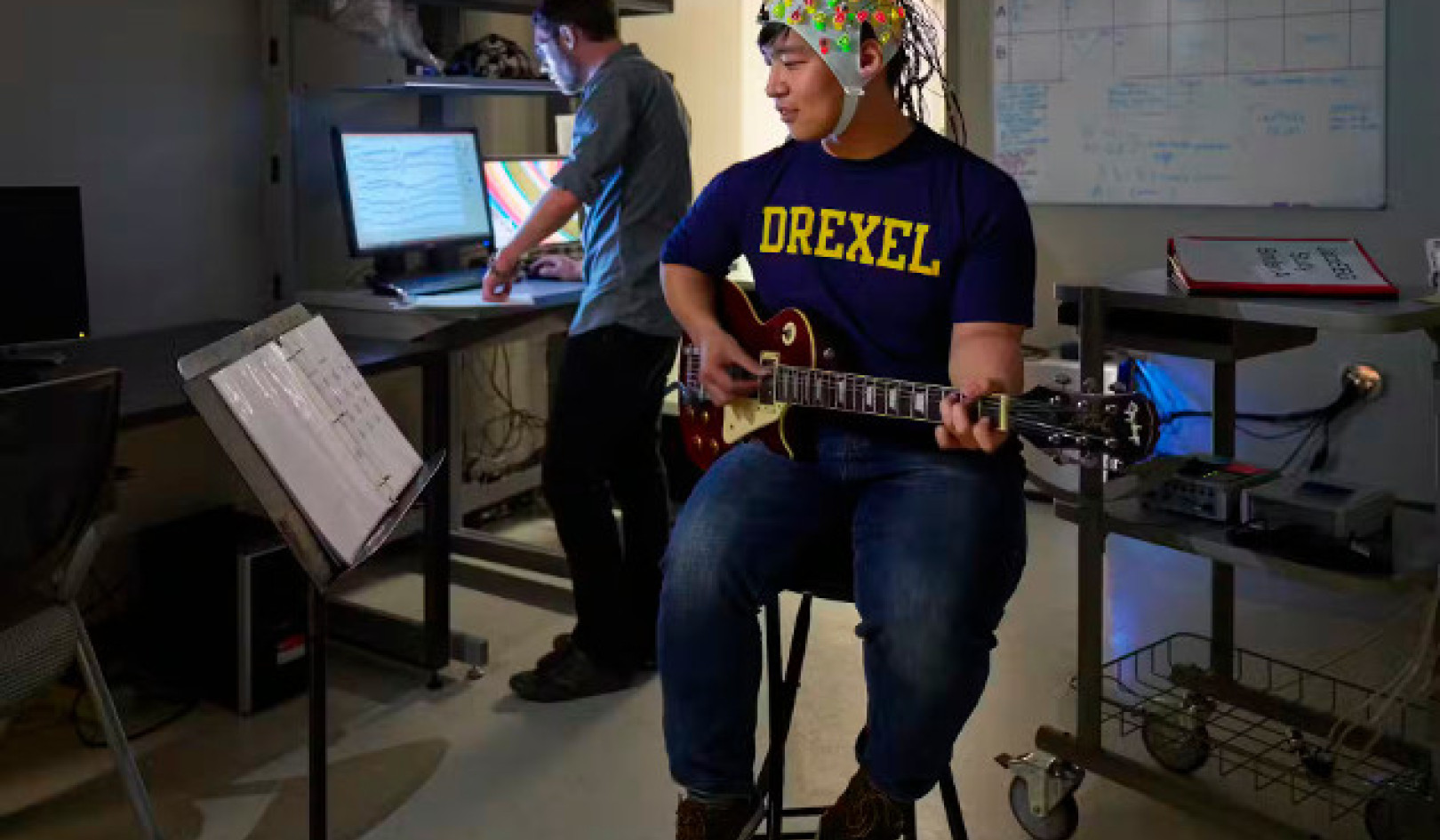
In 2013, 27 percent of adults aged 65 and older belonged to a social network, such as Facebook or LinkedIn. Now, the number is 35 percent and is continuing to show an upward trend.
Young people have been using Facebook as a way to stay connected for more than a decade. Now a new study shows older adults—social media’s fastest growing demographic—are doing the same.
“Earlier studies suggest a positive relationship between bonding and bridging social capital and Facebook use among college students,” says Eun Hwa Jung, a doctoral candidate in mass communications at Penn State. “Our study extends this finding to senior citizens.”
As reported in the study published in the journal Computers in Human Behavior, the desire to stay connected to family and keep in touch with old friends—social bonding—is the best predictor of Facebook adoption and use, followed closely by the desire to find and communicate with like-minded people—social bridging.
There are other things that motivate older users, Jung says. “Because they are now familiar with social networking technology, some seniors are just starting to use Facebook out of curiosity.”
Older adults who are motivated by social bonding and curiosity tend to use Facebook as a form of social surveillance, says S. Shyam Sundar, professor of communications and co-director of the Media Effects Research Laboratory.
“This isn’t just a fast-growing market, but also a lucrative one.”
“Surveillance is the idea that you’re checking out what people are up to,” he says. “This is something that many older adults do. They want to see how their kids are doing and, especially, what their grandkids are doing.”
Seniors were not motivated to actively participate on Facebook when family and friends prod them to use the site.
“When senior citizens respond to requests to join Facebook, that tends to be a negative predictor of use,” Sundar says. “In other words, they are not intrinsically motivated to participate when someone else requests that they join.”
A lucrative market
Older adults also tend to use Facebook features that their younger counterparts favor, Jung says. “Our findings show that message-interactivity features—for example the chatting function and wall posting—are the dominant activities for older adults’ Facebook use.”
The researchers suggest that designers of social media sites should emphasize simple and convenient interface tools to attract older adult users and motivate them to stay on the site longer. Seniors in the study visited Facebook 2.46 times a day and stayed on the site for a little over 35 minutes each day.
“Those who are motivated by social bonding are more likely to use the Like button, which shows the importance of simplicity in interface design for senior citizens,” Sundar. “The Like button is about as simple as you can get.”
Developers may be interested in creating tools for seniors because that age group is the fastest growing demographic among social media users. In 2013, 27 percent of adults aged 65 and older belonged to a social network, such as Facebook or LinkedIn. Now, the number is 35 percent and is continuing to show an upward trend.
“This isn’t just a fast-growing market, but also a lucrative one,” Sundar says. “Older adults have much more disposable income than teens and college students and would be more desirable for advertising.”
Despite the growing importance, little research has been published on what motivates older adults to use social networking sites. “Most of the research is about how college students use Facebook, or how adolescents use Facebook,” Sundar adds.
For the study, researchers conducted an online survey with 352 adults whose ages ranged from 60 to 86. A total of 184—or 52.3 percent—were women and 168—or 47.7 percent—were men.
Source: Penn State
Related Book:
at InnerSelf Market and Amazon




























